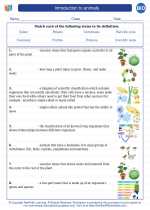Symbiotic Relationships
Symbiotic relationships are close and long-term interactions between different species. These interactions can be beneficial, detrimental, or neutral for the species involved. There are three main types of symbiotic relationships: mutualism, commensalism, and parasitism.
Mutualism
In mutualism, both species involved benefit from the interaction. This can be in the form of protection, food, or other resources. An example of mutualism is the relationship between flowering plants and their pollinators, such as bees. The bees obtain nectar from the flowers while inadvertently transferring pollen, which allows the plants to reproduce.
Commensalism
In commensalism, one species benefits from the relationship while the other is neither helped nor harmed. An example of commensalism is the relationship between cattle egrets and cattle. The egrets feed on insects stirred up by the movement of the cattle, while the cattle are unaffected by the presence of the egrets.
Parasitism
In parasitism, one species (the parasite) benefits at the expense of the other (the host). The parasite derives nourishment from the host, which may be harmed in the process. Examples of parasitism include ticks feeding on mammals and mistletoe absorbing nutrients from trees.
Study Guide
- Define symbiotic relationships and explain the three main types.
- Provide examples of mutualism, commensalism, and parasitism from different ecosystems.
- Discuss the ecological significance of symbiotic relationships and their impact on species diversity and ecosystem stability.
- Compare and contrast the benefits and drawbacks of symbiotic relationships for the species involved.
- Examine the coevolutionary aspects of symbiotic relationships, and how species have adapted to maximize their benefits within these interactions.
[Symbiotic Relationships] Related Worksheets and Study Guides:
.◂Biology Worksheets and Study Guides High School. Introduction to animals
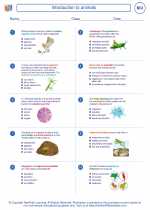
 Worksheet/Answer key
Worksheet/Answer key
 Worksheet/Answer key
Worksheet/Answer key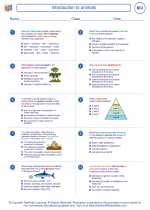
 Worksheet/Answer key
Worksheet/Answer key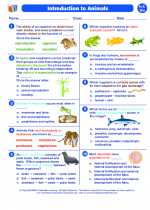
 Vocabulary/Answer key
Vocabulary/Answer key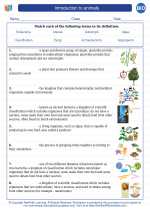
 Vocabulary/Answer key
Vocabulary/Answer key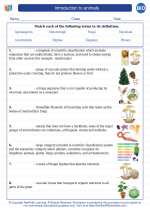
 Vocabulary/Answer key
Vocabulary/Answer key